If Trading Mistakes Were Villains, Who Would You Be on Screen?
Trading mistakes are villains in disguise. From Green Goblin revenge trades to Kylo Ren’s emotions, spot your flaw and flip the script.
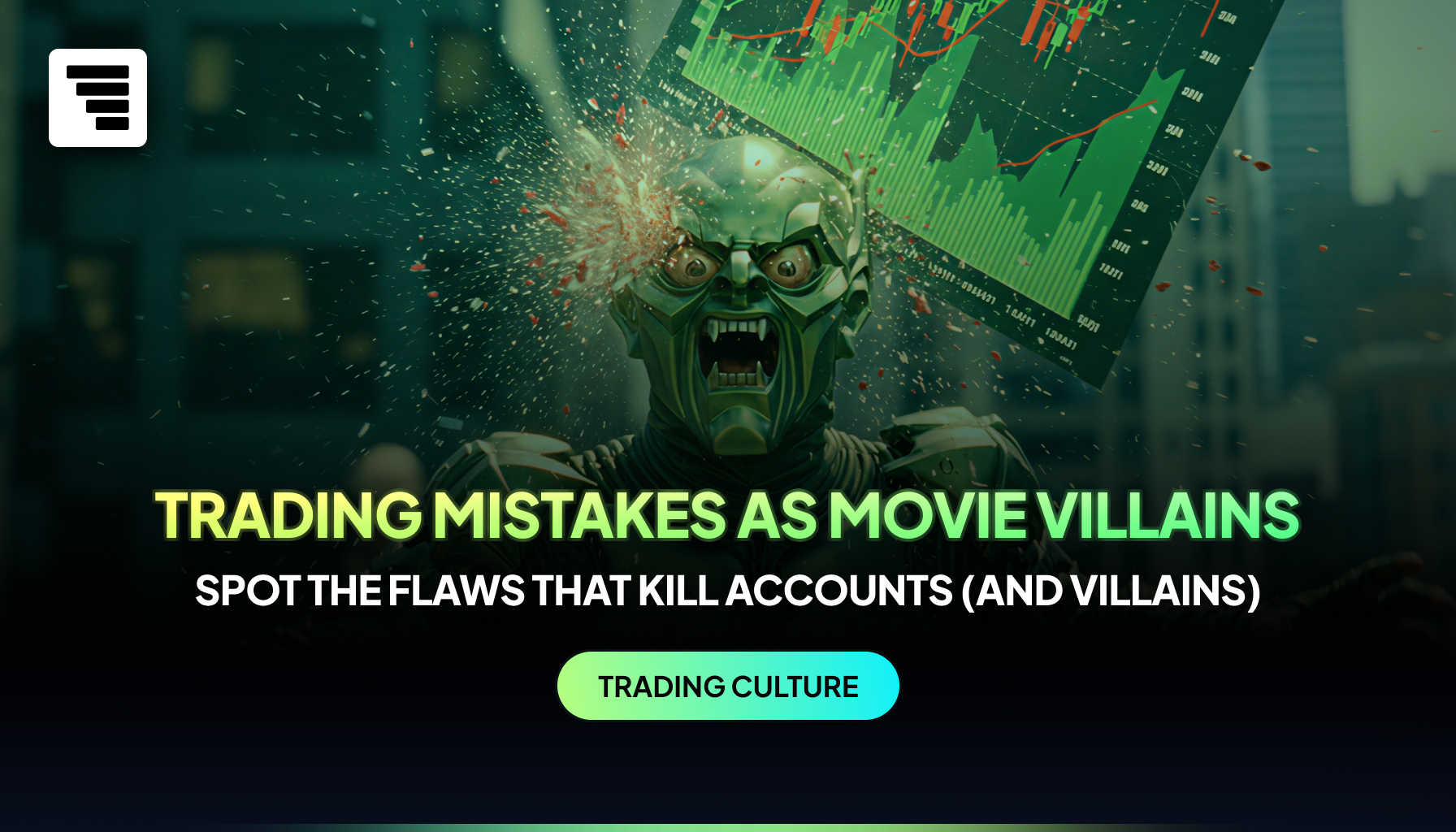
Whether you know it or not, every trader carries an inner villain waiting to sabotage progress. From Green Goblin’s revenge to Kylo Ren’s reckless emotion, these movie icons mirror the same flaws that wreck trades and drain accounts.
Every villain falls to a flaw louder than reason. Traders do too—revenge, greed, and pride drown out discipline, turning plans to dust. Think of each baddie as a trading mistake with a mask and monologue: revenge trading, overtrading, FOMO, and blind signals all play starring roles.
This isn’t a strategy manual—it’s a mirror with a cheeky soundtrack. Spot your inner Goblin, Terminator, or Kylo, and start flipping the script on costly habits.
Villains & Mistakes
Revenge Trading — Green Goblin
In Spider-Man (2002), Norman Osborn becomes the Green Goblin after a failed experiment unhinges him. Blinded by vengeance against Peter Parker, he rushes into reckless fights until his own glider kills him.
That same tunnel vision lives in traders who “get even” with the market after a loss. One impulsive entry leads to another, and before long the account is skewered by its own glider.
| Moral of the story? | Revenge trades only turn the market into your glider — and it always stabs back. |
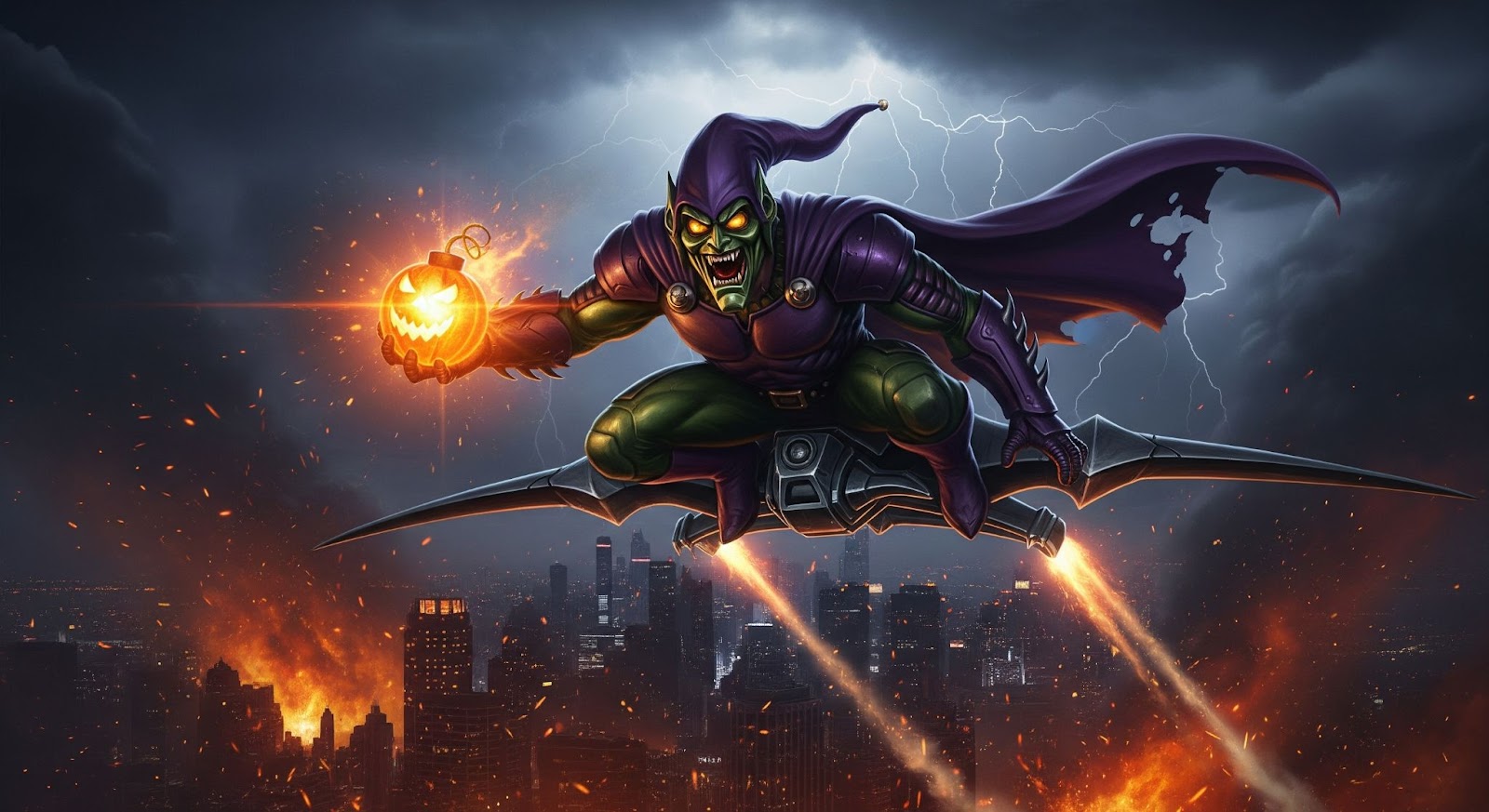
No Stop Loss — Terminator
In The Terminator (1984), the cyborg assassin feels no pain, never stops, and keeps hunting Sarah Connor. It takes an industrial press to crush him because nothing else halts his relentless pursuit.
Traders who refuse to place stop losses act the same: holding until the account is cornered. Without a clear exit, capital gets terminated long before a Hollywood hero swoops in.
| Moral of the story? | Without stop losses, the market plays Terminator — and your equity won’t survive the hunt. |
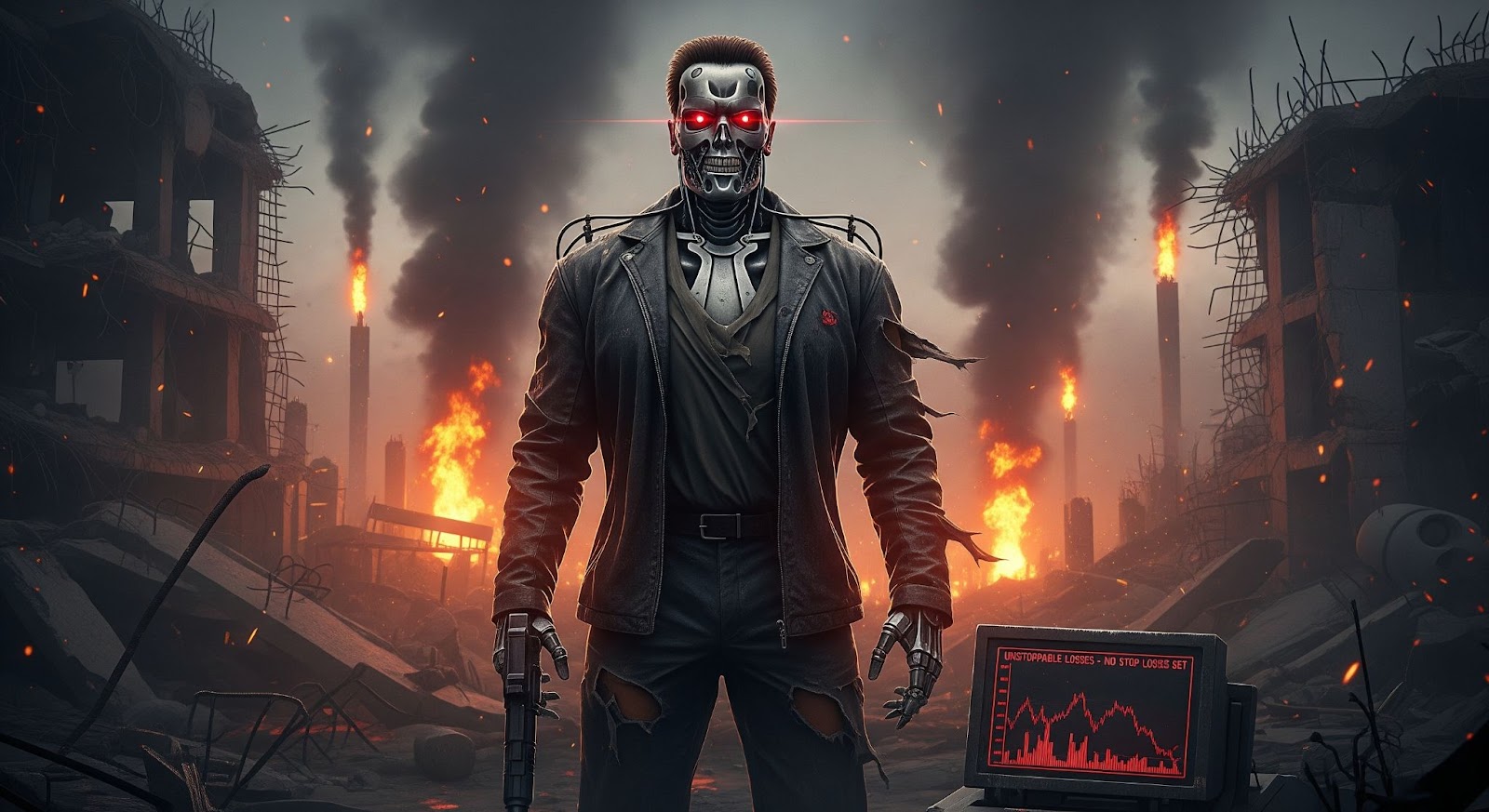
Overtrading — General Grievous
In Star Wars: Revenge of the Sith (2005), Grievous whirls four lightsabers at once in a frantic battle. Despite the spectacle, his cluttered attack leaves openings, and Obi-Wan swiftly ends him.
Traders who overtrade mimic his frenzy — entering too many positions for the thrill of action. Like Grievous, their chaotic movements exhaust equity and end with one clean counterstrike.
| Moral of the story? | More trades don’t mean more wins — overtrading only hands the market an easy opening. |
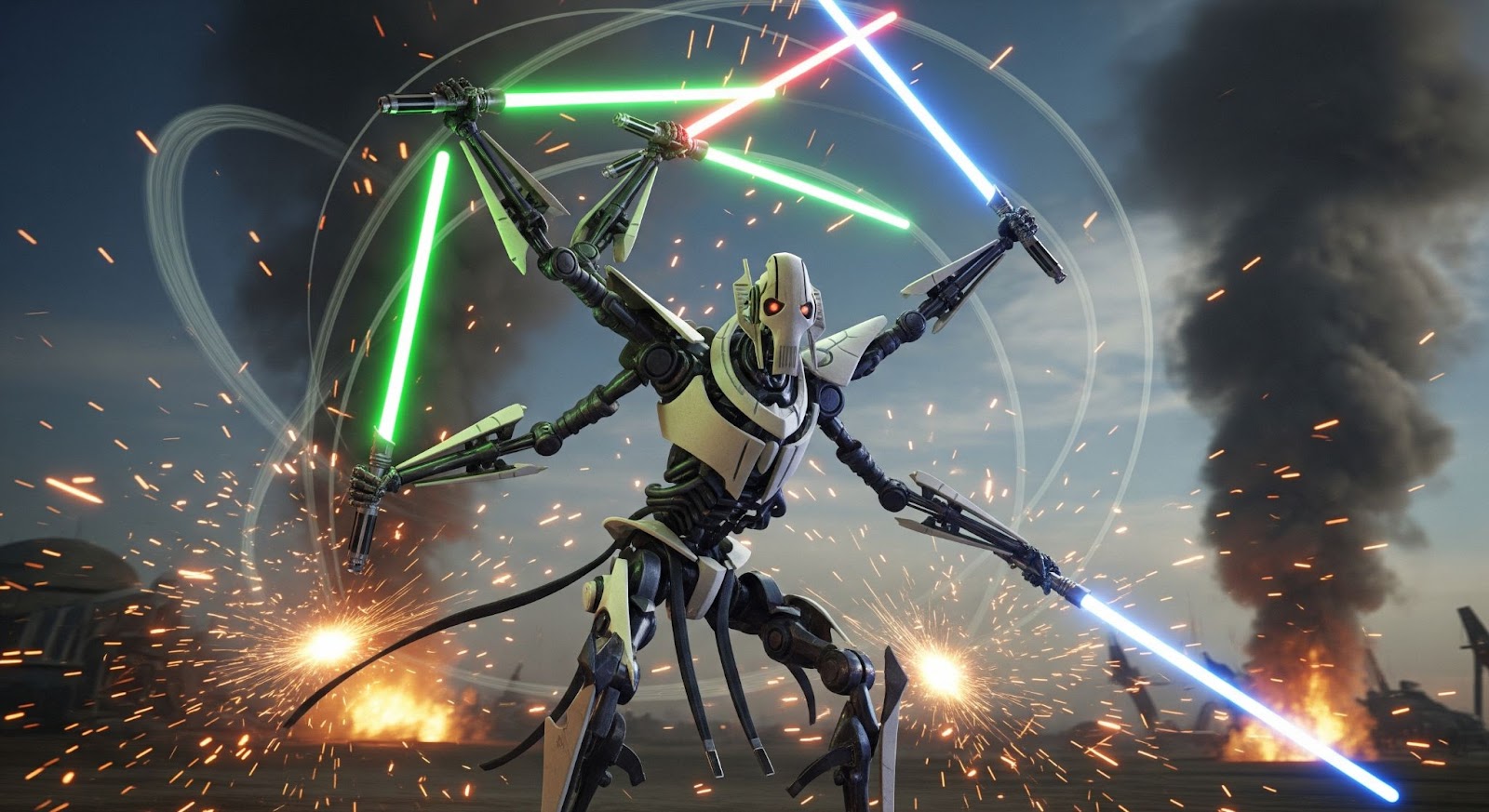
Attachment to a Trade Idea — Gollum
In The Lord of the Rings, Gollum clings to the One Ring, whispering “my precious” with obsession. His fixation blinds him to danger, and he falls into Mount Doom clutching the very cause of ruin.
Traders who marry a trade idea behave the same — unable to cut a loser no matter the signals. The market, like Mount Doom, swallows attachments whole when exits are ignored.
| Moral of the story? | Obsession with a single setup blinds you to risk — cut it, or the market will do it for you. |
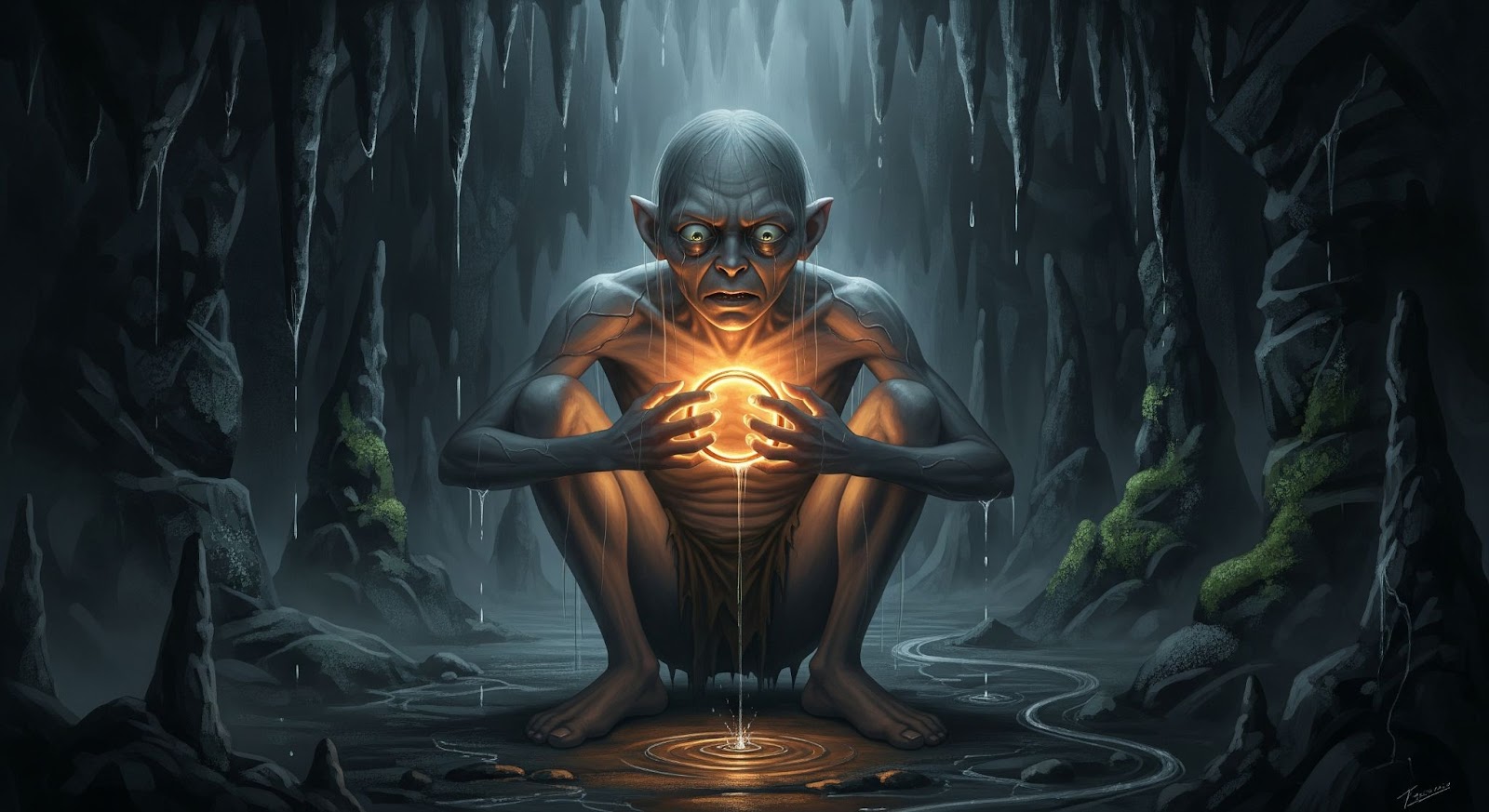
Following Signals Blindly — Harley Quinn
In Suicide Squad (2016), Harley Quinn follows the Joker with loyalty that borders on blindness. Her devotion makes her reckless, leaping into danger without grasping the full consequences.
Copy-trading signals without analysis is no different—depending on another’s plan without context. The end is predictable: chaos, loss, and no Joker around to take the blame.
| Moral of the story? | Blind signals are a dangerous love story. |
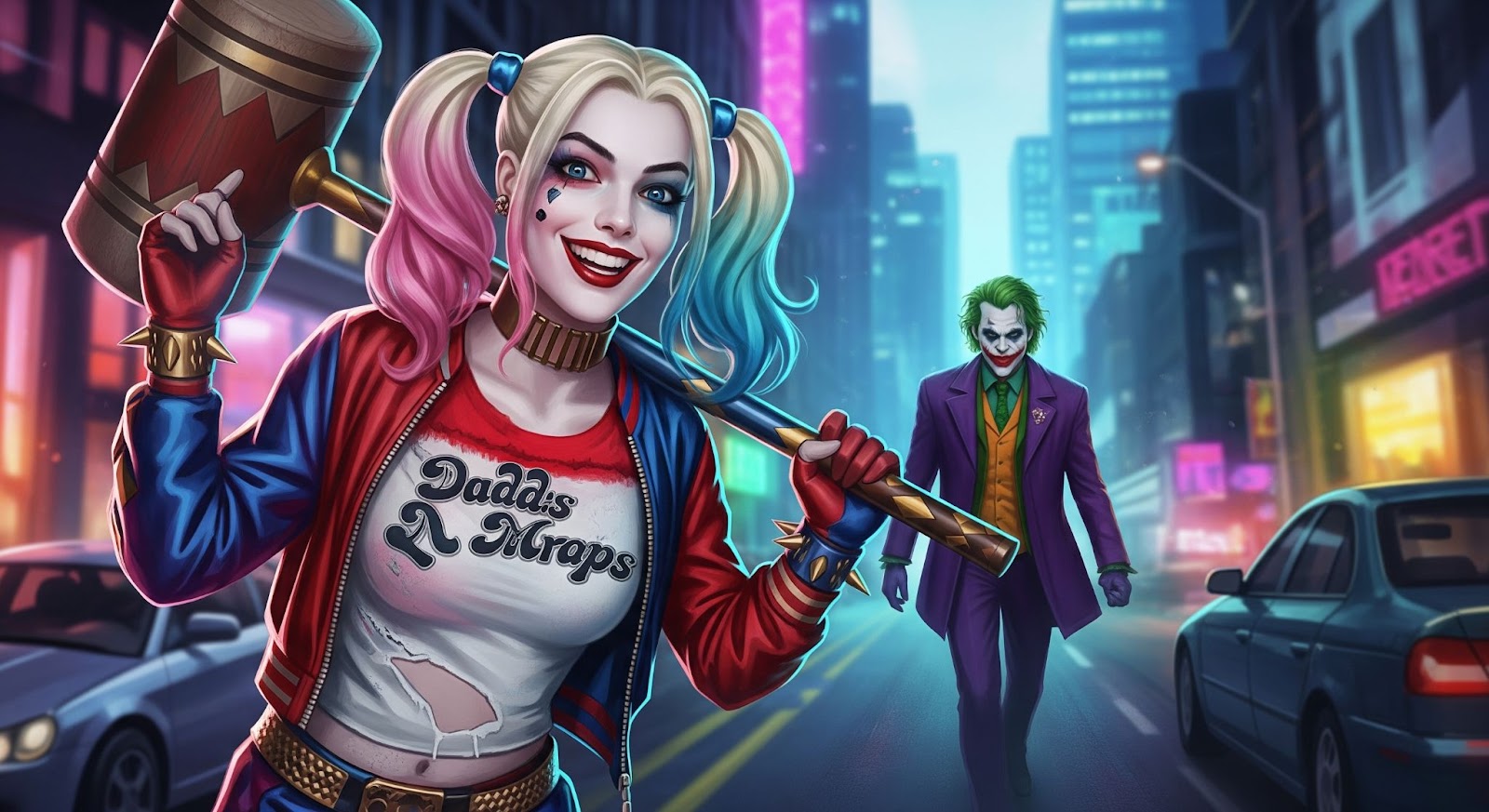
Control Obsession — Davy Jones
In Pirates of the Caribbean, Davy Jones clutches control over the sea, souls, and his cursed ship. Yet the tighter his grip, the more fate betrays him, leaving him bound to the very ocean he ruled.
Traders who micromanage every pip echo Jones, constantly shifting stops or closing early. The obsession for control creates inconsistency and ruins long-term performance.
| Moral of the story? | Over-controlling trades traps you in the storm instead of steering through it. |
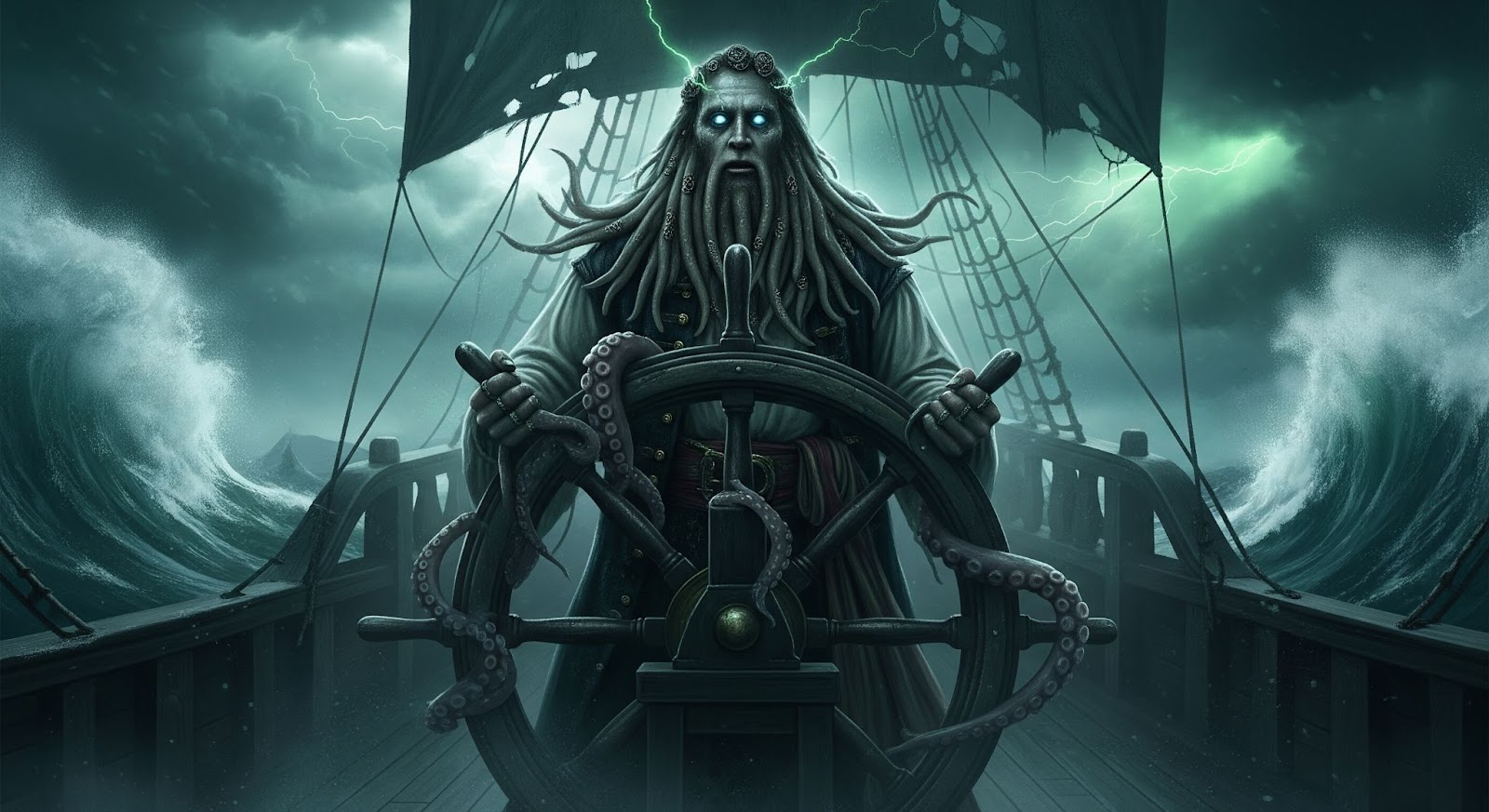
FOMO & Emotional Trading — Kylo Ren
In Star Wars: The Force Awakens (2015), Kylo Ren lashes out with anger, desperate to prove himself. His emotional strikes cost him stability, and he loses control in moments that matter most.
FOMO traders do the same — chasing moves too late, acting on emotion instead of patience. Like Kylo’s unstable saber, their trades burn bright but collapse under pressure.
| Moral of the story? | Trading on emotion is like wielding a cracked saber — flashy, unstable, and bound to break. |

Closing Thoughts
Every villain in cinema had ambition, power, and drive — but their flaws sealed their downfall. From Goblin’s rage to Kylo’s desperation, each lost by letting emotion rule the plot, not logic. Traders who ignore risk, chase revenge, or cling to bias end up writing the same tragic script.
The good news? You don’t need to share their fate. Recognising the flaw is already half the battle. Unlike villains trapped in their stories, traders can rewrite endings with patience and discipline. In prop trading especially, survival is victory: respect drawdowns, size correctly, let setups come.





